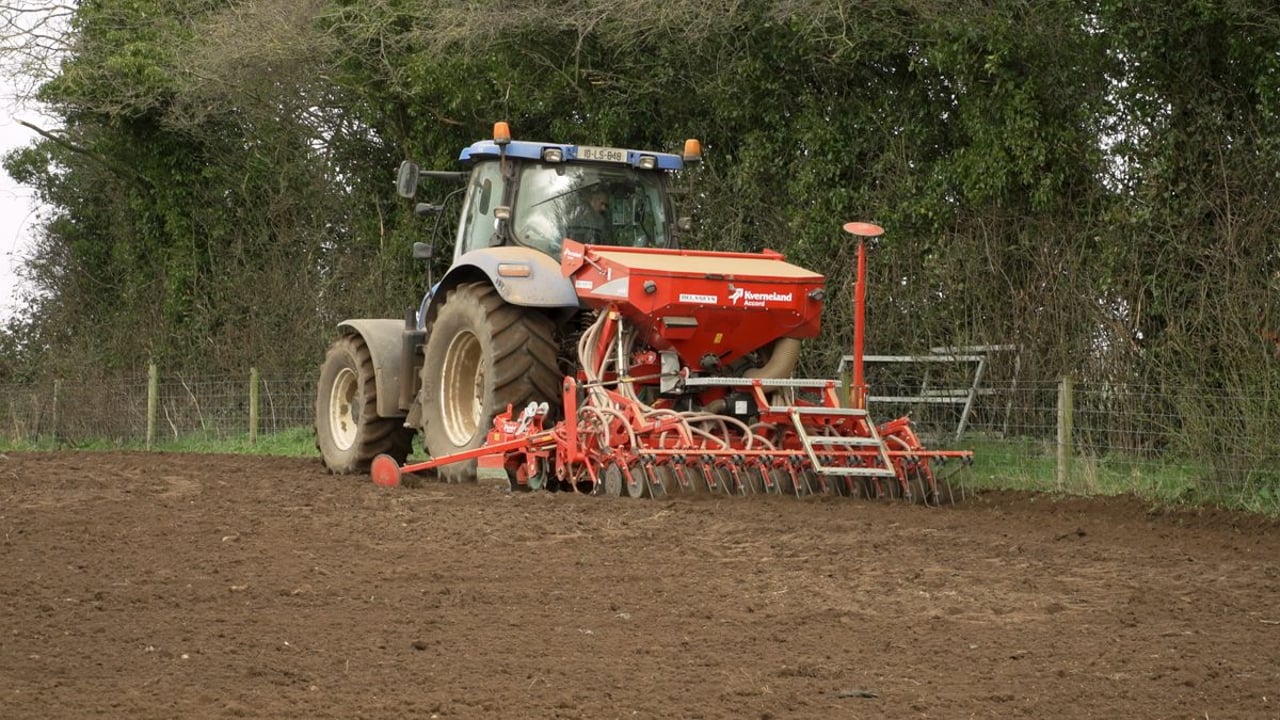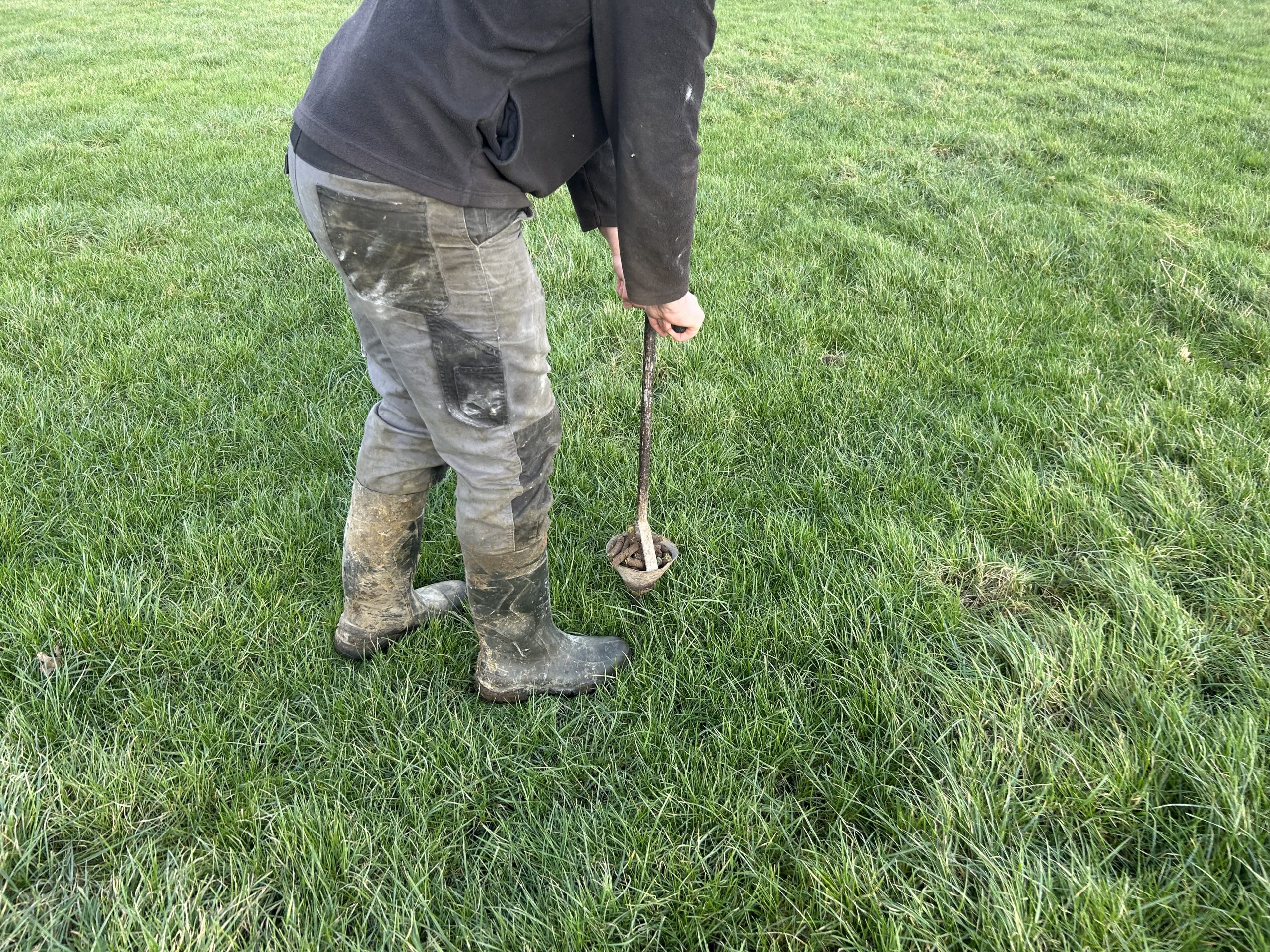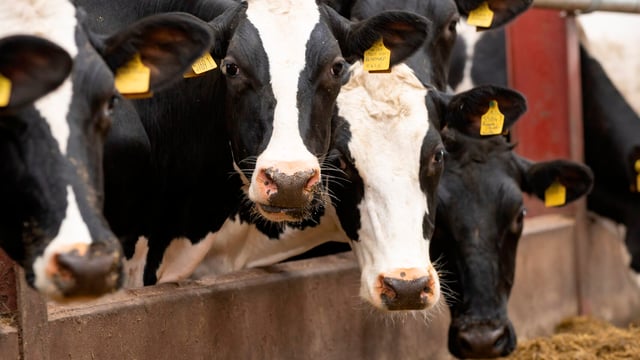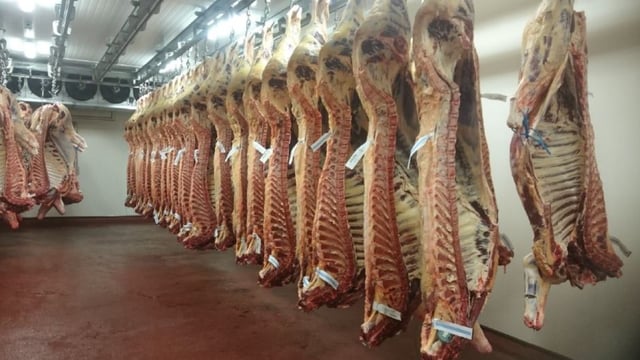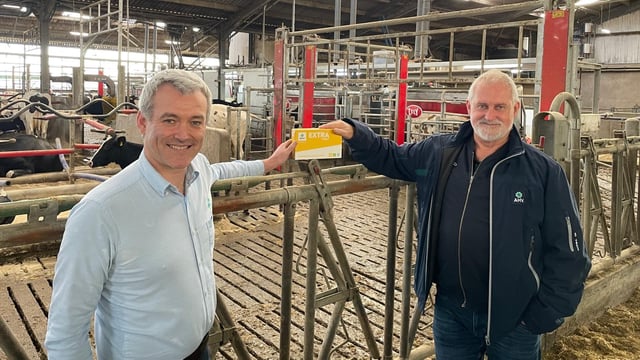The role of phosphorous and potassium in autumn-sown cereal crops
Teagasc is highlighting the key role played by phosphorus (P) and potassium (K) in autumn-sown cereal crops.
Good establishment is the foundation of a high yielding winter cereal crop, according to Teagasc.
While nitrogen takes the spotlight in spring, it is P and K that do much of the heavy lifting during the autumn and early growth stages.
P drives root development and tiller formation, improving plant vigour and early growth. In essence, crops with good P supply establish faster and are better placed to use nitrogen efficiently in spring.
Meanwhile, K strengthens straw, reduces lodging risk, and supports disease tolerance. It also plays a key role in regulating water movement within the plant, which improves winter hardiness and resilience against stress.
Soil analysis
Teagasc is reminding tillage farmers that all crop nutrient decisions should begin with a soil test. Soil tests remain valid for up to four years from the September 15 prior to when the sample was taken.
Once growers know soil index, they can target fertiliser use where it will have the greatest impact.
Teagasc is also reminding farmers that from September 14, 2025, under SI 42 of 2025, a new rule applies to soil sample reports. Every soil analysis result must state the geo-reference (GPS co-ordinates) or the LPIS parcel number of the land represented by the sample.
If this information is missing, the parcel will automatically default to P Index 4.
The LPIS number is the identifier shown on farmers' BISS maps (a letter plus 10 digits). The most recent up-to-date parcel number must be used, so it is important to only use current BISS maps when organising soil sampling.
Geo-reference means GPS co-ordinates for the land where a soil sample is taken from. If one sample represents several small parcels, the printed report must include the LPIS number or geo-reference for each parcel.
Winter cereals have a demand for P and K, which ensures that crops are well established in terms of rooting and tiller development prior to entering the winter period.
Index 3 soils will have a good supply of P and K for crop establishment. Growers should omit applying these nutrients prior to the following spring.
However, for Index 1 or 2 soils, P and K applications in the autumn should reflect crop demand: 20kg/ha of phosphorous and 30kg/ha of potassium on Index I soils.
The equivalent figures for Index 2 soils are: 10kg of phosphorous and 20kg of potassium.
A fertiliser product such as 0-10-20 or 0-7-30 will supply the correct balance of P and K at this stage. Apply the fertiliser at sowing and incorporate into the seedbed.
Growers should complete fertiliser P applications by October 31.

